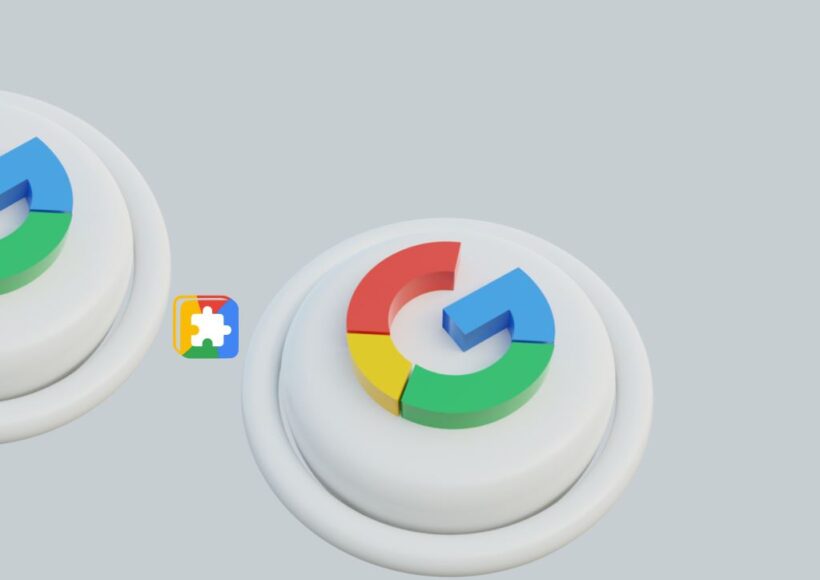Figma and Sketch have long been titans in the world of design tools, but as we step into 2025, a new landscape is emerging for remote teams. Both platforms have evolved, adapting to the shifting needs of designers who increasingly find themselves collaborating across distances. In this article, we’ll explore how these tools stack up against each other in the context of remote work, providing insights into which may be better suited for teams working from home or in various locations.
Understanding Figma and Sketch: A Brief Overview
Before diving into the preferences of remote teams, it’s essential to understand what Figma and Sketch bring to the table. Figma, launched in 2016, quickly gained traction for its cloud-based functionality, allowing real-time collaboration among team members. Its browser-based nature means that anyone with an internet connection can access and edit designs without needing to install software.
On the other hand, Sketch has been around since 2010 and has established itself as a favorite among macOS users. It offers a robust set of design tools and plugins, creating a rich ecosystem for designers. However, it has traditionally been limited to desktop use, which can pose challenges for remote collaboration.
The Shift Towards Remote Collaboration
As remote work becomes more entrenched in our professional lives, the tools we use must evolve accordingly. This shift has prompted teams to reevaluate their design workflows. Collaboration is no longer a matter of gathering around a conference table; it’s about seamless communication and real-time feedback.
In this context, the ability to share feedback quickly and iterate on designs is paramount. Figma’s cloud-based approach allows for simultaneous editing, meaning that multiple team members can work on a project in real-time, leaving comments and making adjustments as they go. This feature is particularly appealing to remote teams, as it minimizes delays and enhances productivity.
Figma: The Collaborative Powerhouse
Figma’s collaboration features are arguably its strongest selling point. The ability to invite team members to view and edit designs in real-time fosters a sense of unity, even when working from different locations. This capability is enhanced by Figma’s commenting system, which allows team members to leave feedback directly on the design. This feature turns the design process into a dynamic conversation, helping to align vision and expectations.
Moreover, Figma’s version history is a lifesaver for remote teams. Designers can revert to previous iterations of their work, providing a safety net when exploring new ideas. This can be particularly beneficial when team members are working asynchronously, as it allows everyone to catch up on changes made by others at their own pace.
Sketch: The Established Favorite
Despite its limitations in terms of real-time collaboration, Sketch remains a go-to for many designers, particularly those who prefer a native application. Its extensive plugin ecosystem allows for customization and integration with various workflows, which can be a boon for teams with established processes. Sketch’s vector editing tools are also highly regarded, offering precision and flexibility in design.
However, as remote work becomes the norm, Sketch has made strides toward improving its collaborative features. The introduction of Sketch for Teams has brought some cloud-based capabilities, enabling better sharing and feedback options. Yet, it still lags behind Figma when it comes to real-time collaboration.
Pricing and Accessibility: Figma vs. Sketch
When it comes to pricing, both platforms have distinct models that cater to different types of users. Figma offers a freemium model, allowing users to access basic features for free, which is an attractive option for small teams or freelancers. The paid plans unlock advanced features and additional collaboration capabilities, making it a scalable solution for growing teams.
Sketch, while not free, offers a one-time purchase model with a subscription for updates. This can be appealing for users who prefer to own their software outright. However, for teams that prioritize collaboration, the ongoing costs can add up, particularly if team members need to use the cloud-based features.
Accessibility is another critical factor. Figma’s browser-based approach means it can be accessed from any device with an internet connection, making it a more versatile choice for remote teams. Sketch, being macOS-exclusive, restricts its user base and can create barriers for teams with diverse operating systems.
User Experience: Which Tool is More Intuitive?
User experience can significantly impact a team’s productivity and overall satisfaction with a tool. Figma’s interface is clean and user-friendly, making it easy for new users to acclimate. The learning curve is relatively gentle, which is beneficial for teams that may include members with varying levels of design experience.
Sketch, while powerful, has a steeper learning curve, especially for those who are new to design software. The wealth of features can be overwhelming, and users may need time to explore and fully understand the capabilities at their disposal. However, for seasoned designers, Sketch’s depth can be a significant advantage, providing them with the tools they need to push their creativity.
Community and Support: The Importance of Resources
In the world of design tools, community support can play a vital role in a user’s experience. Both Figma and Sketch have robust communities that offer resources, tutorials, and forums for users to engage with. Figma’s community is particularly vibrant, with a plethora of templates, plugins, and resources shared among users. This can be a tremendous advantage for teams looking to streamline their workflow and tap into the collective knowledge of the design community.
Sketch also has a strong community, but its resources are more focused on the macOS ecosystem, which can limit accessibility for some users. The availability of plugins and shared resources is valuable, but the depth and variety found in Figma’s community often give it an edge.
Remote Teams: What Are They Saying?
As we navigate through 2025, it’s evident that user preferences are starting to solidify. Remote teams are increasingly leaning towards Figma, primarily due to its superior collaboration features and accessibility. Designers appreciate being able to work together in real-time, eliminating the need for back-and-forth emails and lengthy feedback cycles.
However, it’s essential to recognize that preferences can vary based on specific team needs and workflows. Some teams with a strong design history in Sketch may be reluctant to switch tools, valuing their established processes and familiarity with the platform.
Ultimately, the choice between Figma and Sketch may come down to the unique dynamics of each team. While Figma is gaining traction among remote teams for its collaborative capabilities, Sketch still holds a place in the hearts of many designers who prefer its traditional approach.
Conclusion: Making the Right Choice for Your Team
The battle between Figma and Sketch is far from over, but in 2025, it seems clear that the tides are shifting towards Figma, especially for remote teams. Its collaborative features, accessibility, and vibrant community make it an appealing choice for those looking to enhance their design processes in a remote setting.
However, teams should carefully consider their specific needs and workflows before making a decision. Whether you lean towards Figma’s modern approach or Sketch’s tried-and-true design capabilities, the most important thing is finding a tool that fosters creativity and collaboration within your team.
In the ever-evolving landscape of design tools, staying informed and adaptable is key. As we continue to navigate the complexities of remote work, keeping an eye on how these tools develop will be essential for teams aiming to stay ahead in the design game.



